The Spiral Calendar and Its Effect on Financial Markets and Human Events
$21.53
| Author(s) | |
|---|---|
| Format |
|
| Pages |
159 |
| Publication Year |
1992 |
The Spiral Calendar and Its Effect on Financial Markets and Human Events is a Brilliant research into market timing using the lunar calendar and Fibonacci ratios. Highly acclaimed and sought after book which reveals one of the most exciting market forecasting discoveries of our time.
Introduction:
The Spiral Calendar and the Wave Principle are complementary tools in the field of market forecasting. On the one hand, the Wave Principle is unique in revealing valuable knowledge that can often be used to forecast extent (future price level, in market terms) with striking precision well in advance. On the other hand, the Spiral Calendar reveals valuable knowledge that can often be used to forecast timing with striking precision well in advance. Both bodies of knowledge possess a powerful utility at the time of a trend change. Both also pertain to degree, i.e., the size of expected trend changes, which is a critical aspect of the information, sometimes to the point of being of life-and-death importance to individuals and institutions, and upon occasion even to cultures.
In college, it’s commonly understood that if you want to major in the easiest subject, you choose sociology. The reason is that modern sociology is not very scientific. In fact, it’s so heavily laden with opinion and guesswork that only the truly lazy can’t pass the subject with a creditable term paper. Currently published material on popular cultural trends is similarly vacuous and worthless, as such trends can be understood in their full significance only with an understanding of the Wave Principle, and now, perhaps, of the Spiral Calendar as well. I am quite certain that the 20th century will ultimately be known, as the 17th century is today with respect to the physical sciences, as the century that brought cohesion and grand vision to the field of sociology.
The two concepts together, plus whatever undoubtedly substantial knowledge remains missing, may ultimately, if civilization does not regress too far at any time over the next several centuries, produce a fascinating science of social man’s intimate relationship with his universe. At minimum, as this book reveals, there appears to be evidence that human beings in social settings sometimes find the music of the spheres irresistible, and they are compelled, upon recognizing that everyone else is ready to do the same thing, to leap up out of their chairs and dance.
Contents:
- A DETECTIVE STORY
- LUNA
- FIBONACCI
- SPIRAL CALENDAR REVEALED
- THE CAUSE OF PANICS AND CRASHES
- FORECASTING METHODS
- NIKKEI: A FORECASTING TUTORIAL
- SPIRAL CALENDAR PAST
- BEYOND MARKETS
- FUTURE FORECASTS
- Is THE FUTURE PAST?
The Spiral Calendar and Its Effect on Financial Markets and Human Events By Christopher L. Carolan pdf
9 reviews for The Spiral Calendar and Its Effect on Financial Markets and Human Events
Clear filtersOnly logged in customers who have purchased this product may leave a review.

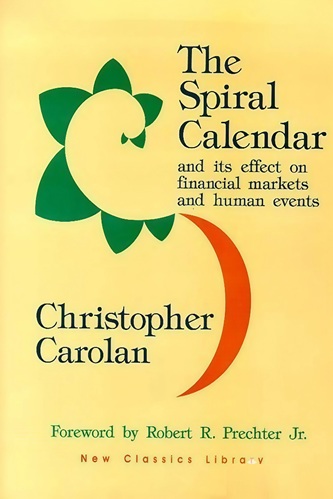

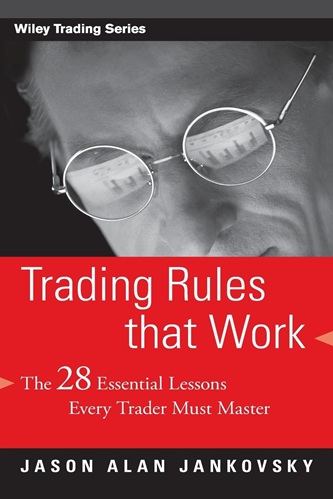
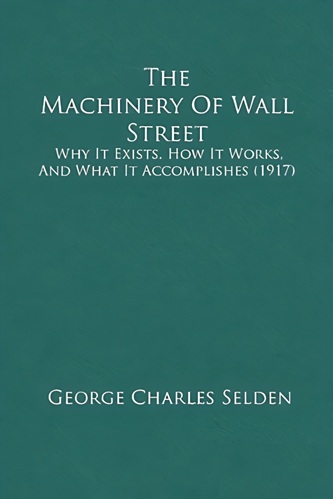
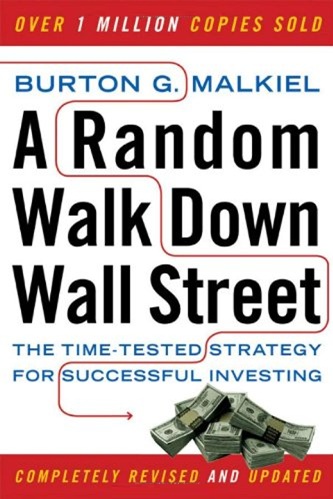
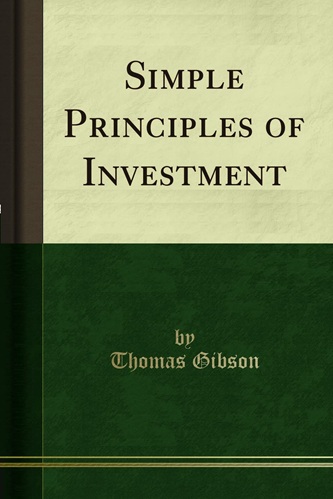
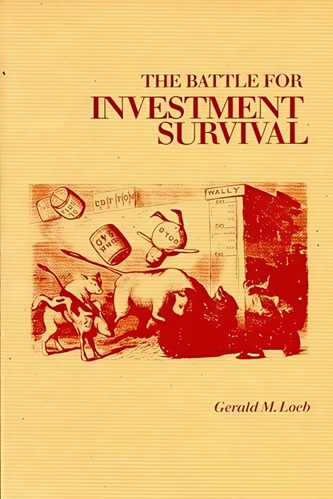
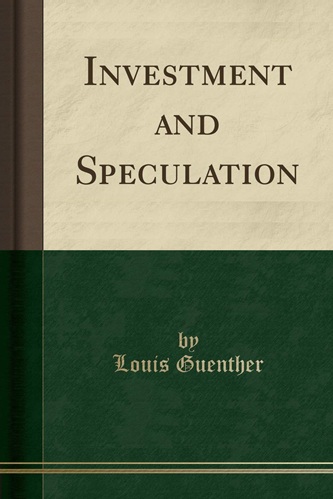
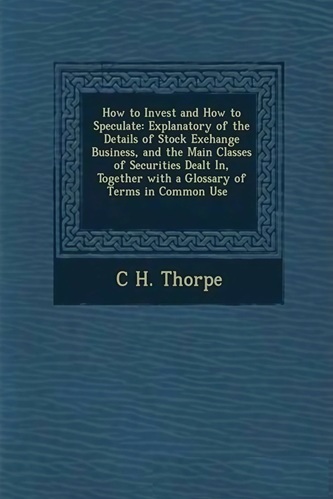
Valentino Conner (verified owner) –
love it brilliant book. if we could also follow author on updates so this book could be a fantastic lecture
Harlow Pittman (verified owner) –
I bought this book back when it first came out. I found it an odd mix of interesting ideas and off-the-wall speculation, with a lot of dubious math thrown in. I recently pulled it down from the shelf where it has sat for lo, these many years and it still strikes me that way. If unorthodox theories about mass psychology interest you, The Spiral Calendar is worth a glance. But don’t expect too much in the way of useful information.
Walter Moyer (verified owner) –
Beware of long convoluted gobbledygook from anyone. It won’t work. This book is a fine example — Check out chapter 10, “Future Forecasts”. Carolan says there will be a big top about October 1995. Was there? No. Then “Expect a major low in the Dow Jones Industrial Average near Monday, July 27, 1998.” There was a small low in October which led to the rally into 2000 but all July had was a small top. This guy is batting 0 for 2, which is perhaps to be expected given his odd semi-astrological methods. There are tons of good ways to measure the market that do work. You don’t need this book. I stopped to review it because I am now on my way to recycle it along with some other waste paper.
Aidan Carpenter (verified owner) –
This book is a must read for all traders and/or markets watchers or students.
However I wonder what the other reviewer from Fort Worth wrote: it is quite complicated and not stricly related to the text. Maybe if he could elaborate….
thanks
Alondra Wong (verified owner) –
“Ronnie Davis” below appears to be yet another poseur, generally using my background as both a technical analyst and real estate professional to take shots at books he evidently doesn’t understand.
“Ronnie’s” cycle analysis clearly demonstrates he doesn’t understand and/or hasn’t read Chris’s book. I’d guess he lacks my MA in math, as well. As it happens, I did a bit of the statistical analysis involved in validating the work Chris did. The work I did does, in fact, confirm that Chris’s methods work.
On the other hand, using them is non-trivial. I have not put in the work to incorporate the methodology into my own work, but perhaps I should. I have seen how well Chris uses his own methods; his results are very good indeed.
I will say that if you expect a quick read that makes you an instant multimillionaire, this is not the book for you. This is a book that requires a good bit of reader effort, both in the understanding and the application. Perhaps that’s where “Ronnie” went wrong.
Alisson Ray (verified owner) –
I bought the book several years ago when my knowledge about cycles was very limited. So was of little use and frustration in understand it became an issue. When I gained perspective on time cycles from another books, the book became a foundation for market timing. Excellent book. To me is one of probably six or seven books I con cider strong foundation.
But be prepared to analyze it, and spend days with computer charts and spreadsheets.
Arlo Henry (verified owner) –
A lot of useful and surprising information about natural correlations and the markets. Quite surprised how some calculations and observations can time market moves, changes and reversals. Not an expert with this but still working with it. Has me very intrigued. A lot of research and case history put into this by Mr. Carolan.
Zola Vega (verified owner) –
I have read the review on this book that has given it a bad rap. Yet, others, say it is good work. From my point of view this is a serious work on a subject where there is very little information available, and as such, deserves respect. In order to gain from this book you need to have done some in-depth study of cycles of your own. If you have studied Astrology you will be intrigued, and see alot of merit in this book. If you are interested in nature’s laws and the unfolding fibonacci series, you will get to see a new slant on the application of it all. Any sincere student of life will find insights that will delight. Yes, the theory is not the answer to everthing, and some of the predictions are wrong, but it is all “grist to the mill” of cycle knowledge, and so, it is useful to a stock market trader.
Casen Barnett (verified owner) –
Chris Carolan’s Spiral Calendar brings to light the undeniable discovery that important market moves can be linked together in time using a more natural, and therefore more efficient time system based on Fibonacci and our own moon. By “more efficient” I mean “more efficient than man-made time units.”
This is one of those books where you will need to read it once over, put it away for a few days, then read it again in order to be able to fully grasp everything that is being said. It can get pretty complicated at some points, but Chris does his best to display the information and explain things in a way that makes the most sense.
Yes, as a previous reviewer pointed out, some of the systems have not yet been perfected. You must understand that this is only the tip of the iceberg for a completely new way of looking at not only market behavior but the world around us. Chris lays the basic foundation for what I hope one day will be pursued as a real supplement to market forecasting, especially Elliott Wave (and if no one else does, I am, so it’ll get done one way or another).
In a way, this book may be the modern day equal to the R.N. Elliott’s original writings back in the 30’s; a great discovery but very much in its infancy.
So this book is about as “complete” as you can get because it tells pretty much all that is currently known on the subject at this time.